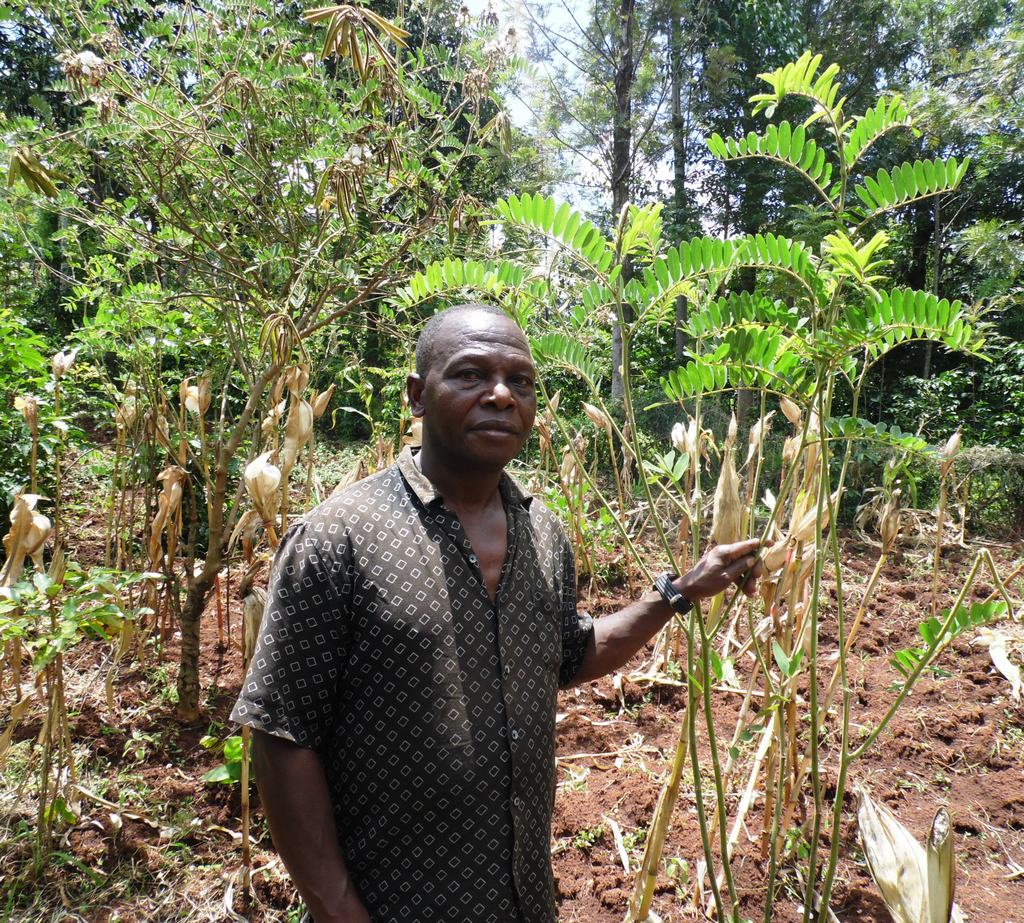Farmers are turning to weeds and other tree extracts to eradicate moles and other rodents after finding the method to be cheap and safe for use.
Moles destroy crops by feeding on the roosts or pulling them down for leaves while mice attack grains like maize while on the cobs.
James Mochere, a Nyamira County potato farmer, has grown a senna sept tree, whose roots are poisonous. The moles die or move away from the potato field if they survive.
“It is hard to get rid of moles by trapping if they settle on the farm. The use of chemicals to kill rodents can do the same to humans in case of contamination and, therefore, unsafe. Growing the tree, which other farmers consider a weed, has helped me eliminate the rodents,” he said.
As the moles burrow in the soil in search of food or make resting nests, they chew the roots of the senna sept, which is known as omochegechege in Ekegusii.
Repeated purchases of chemical poison and paying trapping experts proved expensive for Mochere.
Related News: Magic traps keep farms pest free
He paid Sh30 for every mole caught, yet more remained in the soil to multiply.
For two seasons in which he has grown the tree around the one-eighth of an acre of orange-fleshed sweet potatoes in Nyansabakwa area, the molehills have diminished.
Moles can destroy up to 50 per cent of Irish and sweet potatoes because their food storage is in the roots. Apart from attacking the storage organs and weakening the rooting system, they pull the leaves into their holes.
Mochere learned the trick from other farmers during an International Potato Centre (CIP) workshop, which introduced him to orange-fleshed sweet potatoes.
Related News: Farmer helping others get clean high yielding sweet potatoes
CIP is an international organisation researching orange-fleshed sweet potatoes.
The castor plant is another common weed in farms and in the wild, whose oil repels pests. The castor seeds are crushed and the oil is mixed with soil, which is put into the burrows or nests. When the moles sense the oil, they move away.
In large farm fields, senna sept can be scattered among the main crops.
PHOTO BY LABAN ROBERT.
